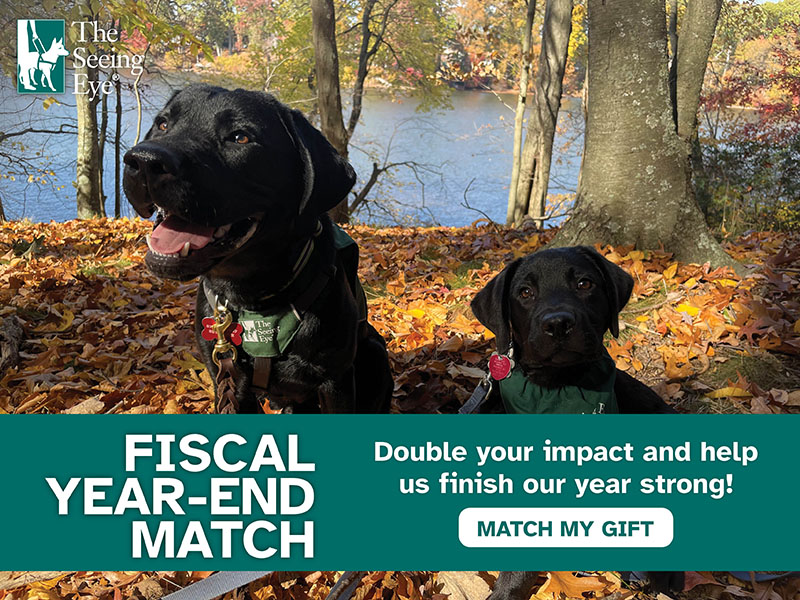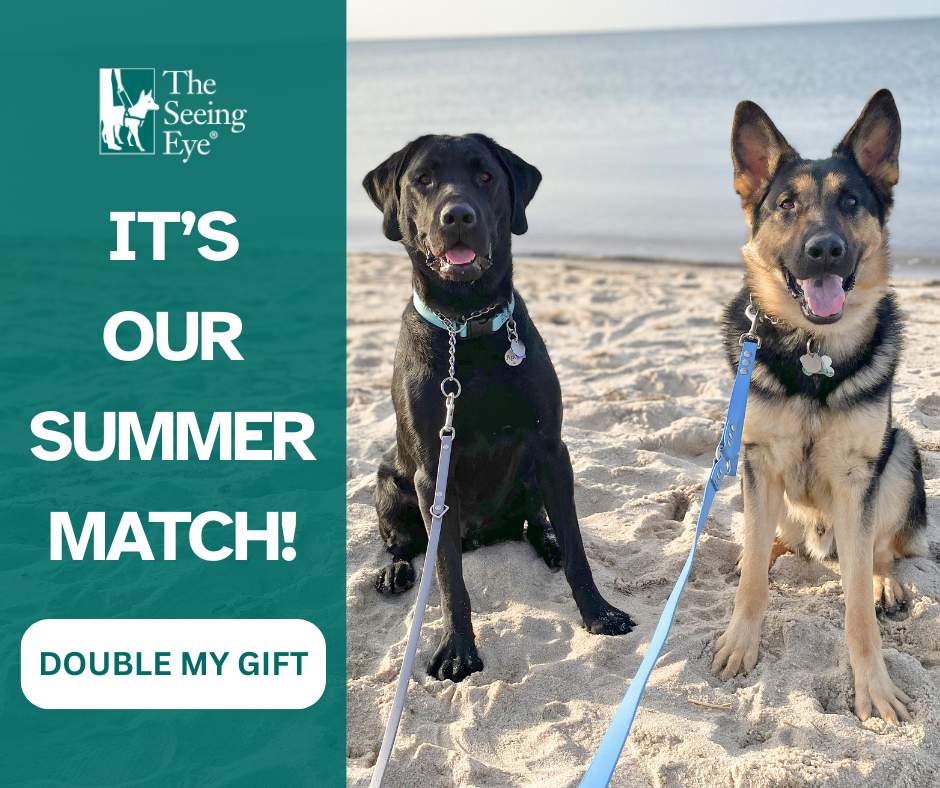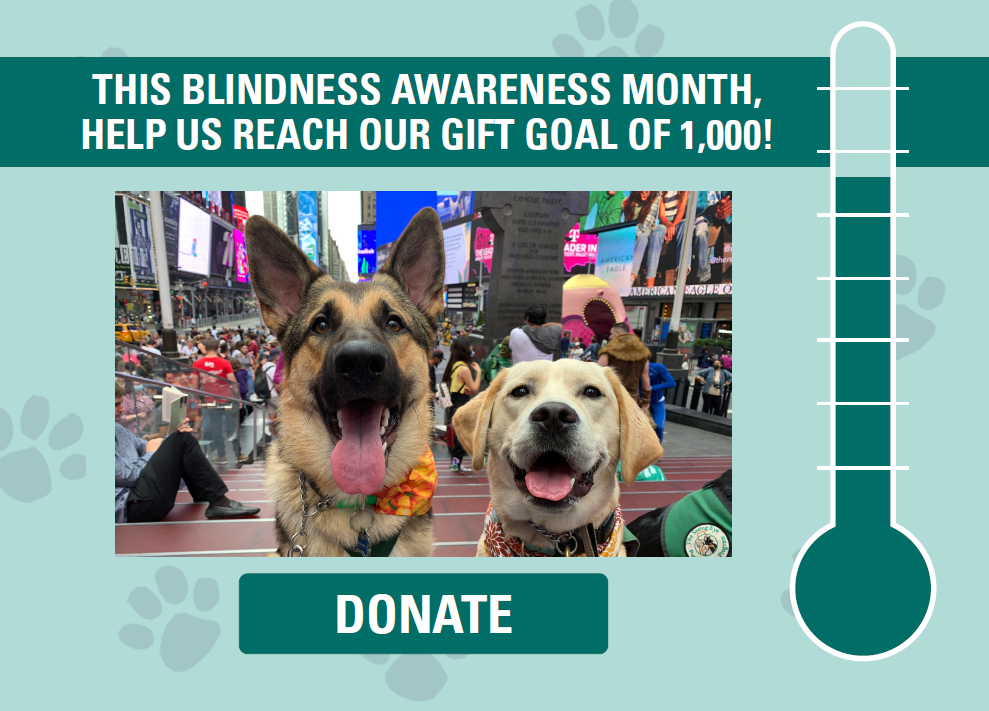Access & Advocacy
Pedestrian Safety
Pedestrian Safety
Working with a guide dog not only improves the mobility of a blind person, but ensures that the guide dog handler moves about with a higher degree of safety. Technology and design in the pedestrian environment have become more sophisticated over time, but these advances have created a number of challenges and safety concerns for pedestrians who are blind or low vision. Some of the issues faced by blind and low vision pedestrians are:
- Intersection controls: Computers control most modern intersections. In many locations the pedestrian may have to push a button in order to be allocated enough time to cross the street. However if the blind or low vision pedestrian is unaware that they have been given a WALK indication, or if they have no idea that the button is there, an unsafe crossing may result. If Walk/Don’t Walk displays are present, blind or low vision pedestrians may request an accommodation under the Americans with Disabilities Act (ADA) called an Accessible Pedestrian Signal (APS). An APS can be helpful because it has a grandfather clock like ‘tick’ that helps in finding the pushbutton and also provides both auditory and tactile information equivalent to the display available to sighted pedestrians. The Seeing Eye may be able to provide advice on the process of getting an APS installed.
- Intersection design features: Some intersections may have traffic islands designed to serve as pedestrian refuges and vehicular lane separators. recently many of these islands are ‘cut through’ to allow better wheelchair access. There should be ‘detectable warning’ (tactile bumps) at all of the island margins to help blind or low vision pedestrians locate them, and they should be two feet deep, and run the width of the level opening. These tactile bumps should also be present at level crosswalks where the actual edge of the street may be challenging to detect.
- Roundabouts are becoming increasingly common and larger multilane ones can be intimidating as well as sometimes challenging to understand. The Seeing Eye may be able to suggest research based design approaches to make roundabout s more accessible. The best time to make recommendations is when the roundabout is in the design stages!
- Hybrid and electric vehicles add to the complexity of the modern pedestrian environment. Since dogs can see, they are well prepared to react appropriately to quiet cars, but sight does not eliminate the risks posed by the lack of noise made by these vehicles. According to the Insurance Institute for Highway Safety, “In a study of insurance claims for 2002-10 hybrid models and their conventional twins, the Highway Loss Data Institute found that hybrids were as much as 20 percent more likely to be involved in pedestrian crashes with injuries than their non-hybrid equivalents.” Fortunately, due to the passage of the Pedestrian Safety Enhancement Act and implementing regulations, hybrid and electric vehicles manufactured beginning March 1, 2021 will be required to emit a motor-like sound while moving forward or in reverse at speeds up to 19 mph.
The Seeing Eye routinely serves as an advisor to traffic engineers, transportation departments, orientation and mobility specialists, and people who are blind throughout North America. For more information, call (800) 539-4425 or email advocacy@seeingeye.org.










